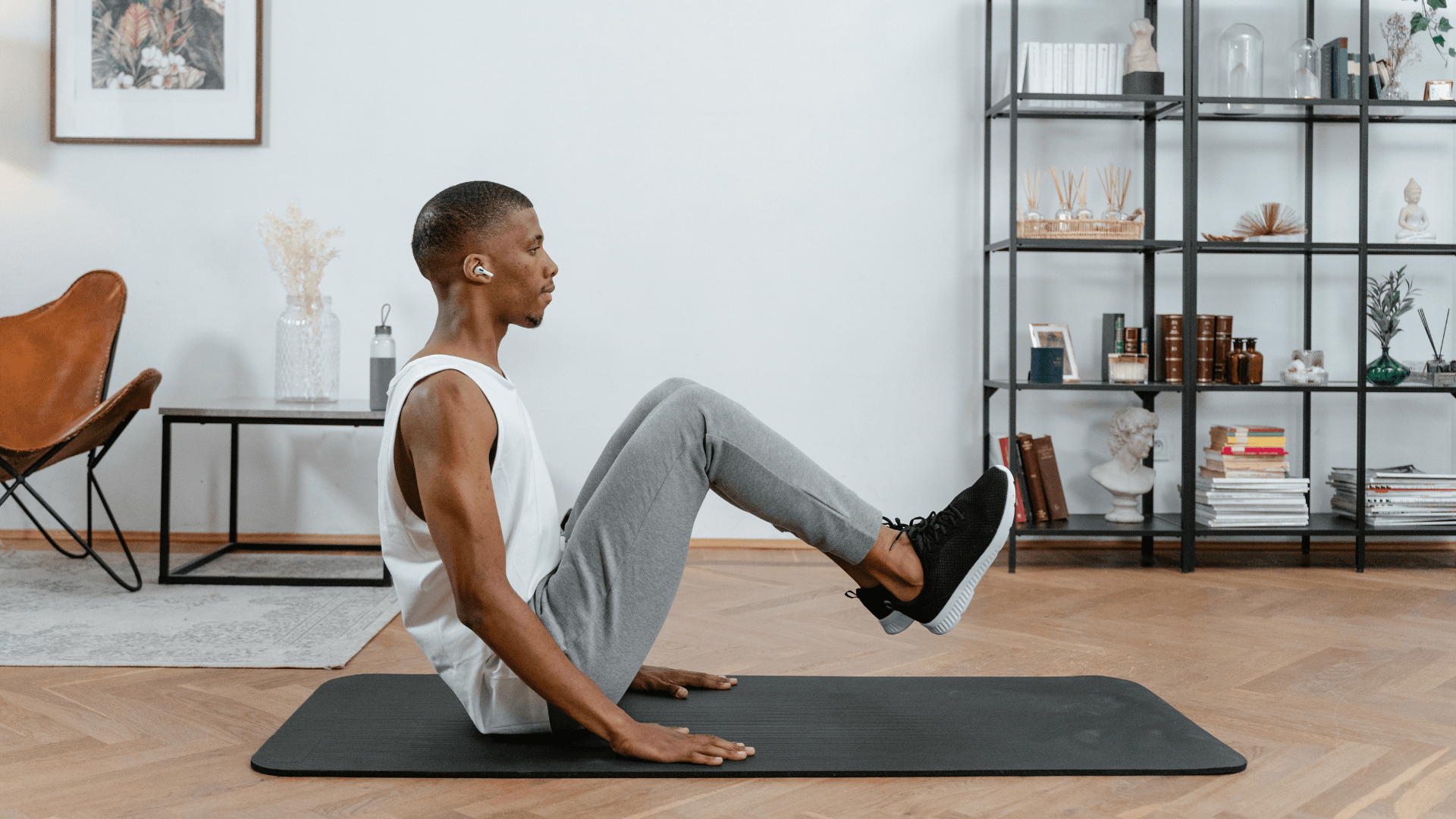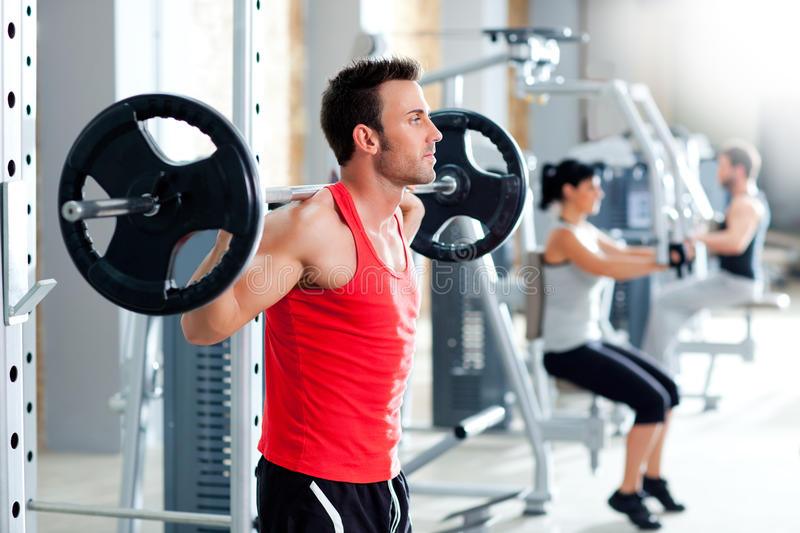1. Stride
Walking can help you build endurance, enhance your oxygen carrying capacity, and speed up your workouts. It can also help you lose weight, raise your heart rate, and lower your cardiovascular resistance.
The proper approach to walk is to first walk at a slow pace (but with a huge stride) for 5 to 10 minutes, then pause and do flexibility and stretching exercises gently for 5 minutes; finally, increase the speed and take long strides, allowing your heart to beat at 70% of its maximum rate.
Keep your back and waist straight, chest up as much as possible, both feet' toes towards the direction of walking, and use your toe for every step, so that the muscles of your entire body are involved as much as possible, and you should feel like you're bouncing up.
When striding, the arm's swinging range should be increased, and straight arms should be flattened as much as possible, allowing more muscles from the entire body to participate in the walking. The lower body contains 50% of the human body's blood vessels, when more muscles are worked, at least 50% of the blood vessels in the human body can be squeezed to enhance blood flow in the lower limbs.
Each step should be larger than ordinary walking steps, and once you've adapted to the new stride, you can execute a "aerobic stride" to get a nice workout!
2. Running
Running is the most popular cardio-respiratory workout today, and it works the ankles, hips, and knees, as well as the leg sockets, hip flexors, and foot muscles. According to studies, running 8.4 kilometers in 30 minutes can burn 300 calories for a person weighing 66 kilos.
The proper technique to run: Before jogging, take a 5-minute warm-up walk to ensure that more nutrients are sent to certain body areas for training. Next, stretch or jog for 5 to 10 minutes to enhance muscle and body flexibility.
The quantity of exercise should be limited during the first week of running, and then gradually increase the speed and distance. Finish your training by jogging rather than stopping abruptly. If you are severely weary, you should rest for one to two days.
3. Boxing
Boxing is considered one of the top cardio-respiratory workouts by fitness professionals. Many muscular groups, including the biceps, quadriceps, leg sockets, and gastrocnemius, are strengthened through boxing. It also strengthens the abs, the internal and external traps, the pectoralis major, and the lats.
Interval running is an excellent way to prepare for boxing. Start with 1.5 kilometers, 600 meters, and then 800 meters for beginners. The speed should be faster so that the heart rate reaches aerobic workout levels.
Every time you box, you should warm up for 5-10 minutes and then do 10 minutes of simple resistance and endurance training, emphasizing speed, endurance, and strength. Then, for 5 minutes, do boxing drills that include various hitting and defensive punches. Then, for the allotted time, hit the lighter or heavier sandbag. Finish with a 5-minute stretch to cool down your body and keep your heart rate steady.
4. Swimming
Swimming can significantly help to strengthen the heart and reduce the risk of diabetes, stroke and heart disease.
Swimming strengthens the most muscle groups, including the abdominals, glutes, and leg sockets. Freestyle is the most comprehensive method for novices, as well as the fastest and easiest way to get on the water.
The proper technique for swimming is to warm up by swimming 250-400 meters in freestyle, backstroke, and breaststroke.
After that, attempt some balance exercises. In the water, do a scissor kick with your arms extended front. When performing this exercise, keep your head below the water's surface and breathe on your side. Do four sets, pausing every 25 meters. This enhances the water's balance.
Do the lateral balance exercise after that. Maintain balance by doing a scissor kick with your right leg, stretching your right arm forward, resting your head on your right shoulder, gently opening your lips on the water, and pressing your armpits toward the water. Then move to the left side and do two sets of each, resting every 25 meters.
After the balance exercise, perform the 2×100-meter backstroke, 2×100-meter breaststroke, and 10×50-meter freestyle, with a 1-minute rest between each set.
Finish the program with a 150-meter leisurely swim.
5. Power yoga
Power yoga, which mixes classical yoga with aerobic activities, is the most physically demanding style of yoga. Power yoga may strengthen the human body's circulatory system, train the entire body's muscles, not only burn fat, but also improve the flexibility of muscle joints, make the human body lighter, more flexible, and stronger, calm the human spirit, and accomplish a body detoxifying effect.
The proper method is: Craving control, self-discipline, posture, breath control, sensory inhibition, mind focus, meditation, and transcendental ecstasy are the eight steps of power yoga. The asanas are organized in a scientific order. During practice, the various asanas should be fluid and unbroken, and the fluid posture changes should be linked with breathing.
Exercise regularly and take vitamin B supplements.
The vitamin B family is essential for maintaining neuronal excitability and energy. It has the ability to increase energy metabolism, burn fat, boost workout effect, and promote muscle strength. To help digest the protein and carbs consumed during exercise, a considerable amount of vitamin B is required. Too much consumption can lead to deficit, which can lead to metabolic problems, lowered immunity, and even disease. The vitamin B family contains over 12 different types, with vitamin B1, B2, and B6 being particularly linked to exercise.
Vitamin B1 is mostly involved in glucose metabolism, but it also has an impact on fat metabolism. The greater the amount of exercise, the higher the consumption. Whole grains, milk, egg yolk, lean meat, and plant seeds are the best sources of vitamin B1.
Vitamin B2 is involved in fat, carbohydrate, and protein metabolism, and deficiency can lead to a variety of inflammations, including angular cheilitis. Animal liver, egg yolk, milk, beans, and green leafy vegetables are the best sources of vitamin B2.
Vitamin B6 is involved in protein metabolism. Vitamin B6 is required for the conversion of glycogen in the body into accessible glucose and the metabolism of amino acids into energy. Animal liver, lean meat, legumes, and whole grains are the best sources of vitamin B6.
Bodybuilders are advised to consume extra vitamin B-rich foods. Supplements can be taken appropriately if you exercise vigorously, but it is recommended to obtain professional advice before supplementing.



